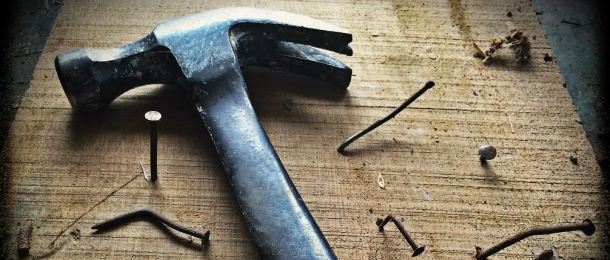SMSFs with limited recourse borrowing arrangements (LRBA) should ensure the funds used for property repairs or improvements are derived from the correct source to avoid a common mistake that may lead to a violation of the Superannuation Industry (Supervision) (SIS) Act.
Institute of Financial Professionals Australia head of superannuation Natasha Panagis noted the distinction regarding the use of funds to repair, maintain or improve a property asset acquired under an LRBA had been made in the ATO’s SMSF Ruling 2012/1, but was still a trap for some fund trustees.
“The law allows borrowed money to be used to repair and maintain an LRBA asset, but not for improvements because an improvement can cause an asset’s qualities and characteristics to change, which may lead to the LRBA asset becoming a different asset,” Panagis told attendees of a recent webinar.
The ruling outlines an example where replacing fire-damaged kitchen components, such as a cooktop, benches, wall or ceiling, with modern equivalent materials or appliances using funds borrowed under the LRBA does not violate the rules.
However, expanding the property to create a bigger kitchen could be considered an improvement, potentially breaching subsection 67(1) of the SIS Act due to the likely change in the value of the property asset.
Panagis clarified if the funds used for property improvements do not come from an LRBA, there is no risk of violating the rules unless there has been a significant change in the commercial nature of the asset.
“Although you can’t use borrowed money to improve an LRBA asset, money from other sources, such as any accumulated funds by the SMSF or any super contributions or fund earnings, may be able to be used to improve or repair or maintain the asset, provided the improvements do not fundamentally change the nature of the asset,” she noted.
“You can’t just change the actual structure of the asset itself. That’s a common issue that we do see.”
Improvements or repairs to property held by an SMSF could also risk tainting the asset with non-arm’s-length expenditure if the work was completed by the trustee or a related-party.




